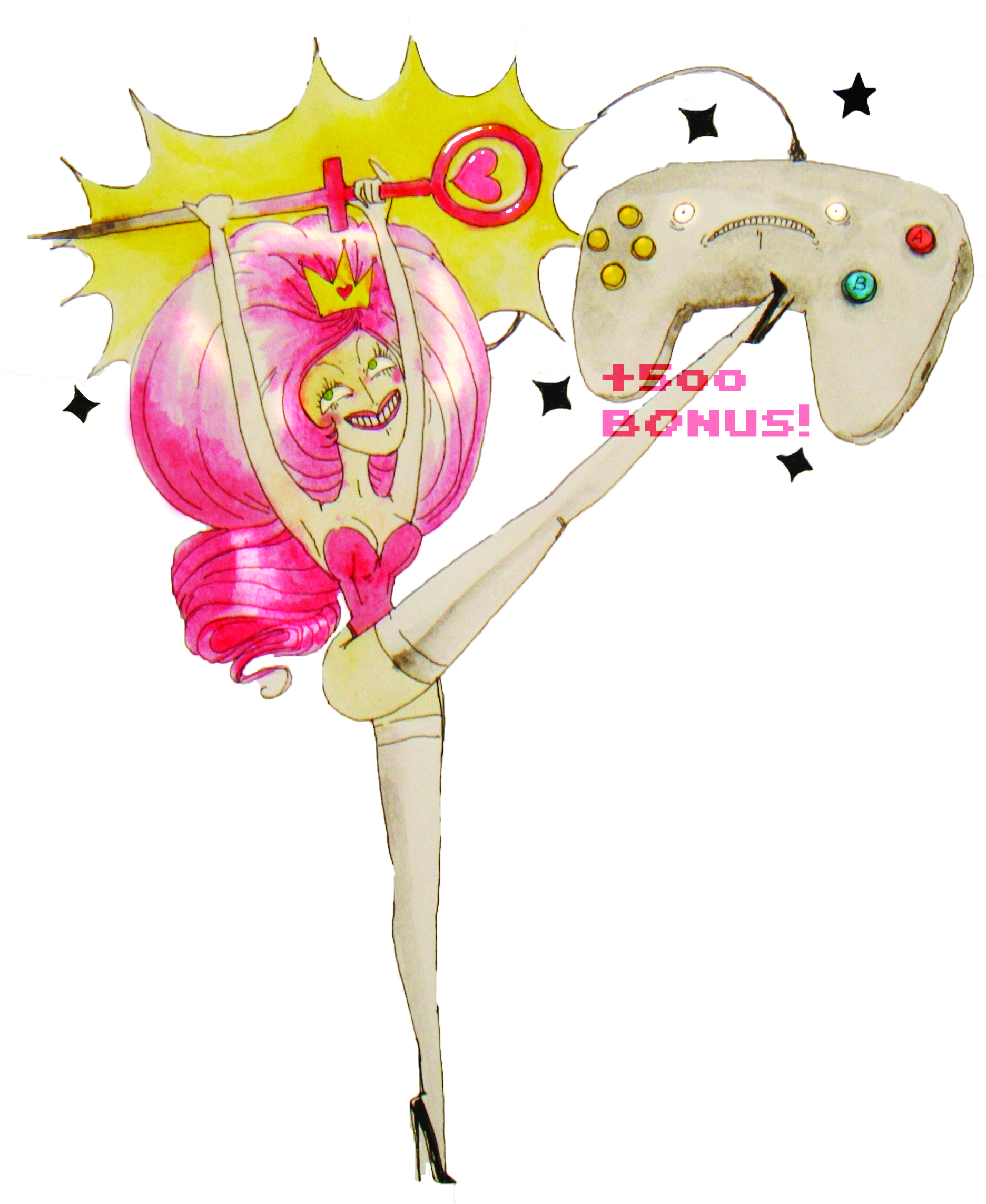Pushing the wrong buttons

By Avni Nijhawan
Oct. 17, 2010 11:59 p.m.
I learned a lot in college.
Chemistry, Descartes’ theories, Middle English. And, oh yeah, “Halo.”
Like it or not, playing video games has become a sort of rite of passage on college campuses, particularly in the close quarters of college dorms. I remember resident assistants frequently holding “Smash Bros” matches, “DDR” tournaments and “Guitar Hero” battles during my three years on the Hill.
As I recall, though, these video game tournaments generated the most interest among boys, which led me to believe that (as a girl) I was in a small minority.
Women are still a minority of gamers, but the gender gap has almost evened out ““ according to the Electronic Software Association, 40 percent of all gamers are women. Yet attitudes toward girls who play video games continue to be disappointingly misogynistic; girls are often assumed to be novices by their online opponents and even face retorts from other females who don’t play games. Furthermore, only 11.5 percent of game developers are female.
Video games, like other forms of media, are potent socializing forces. As major consumers of the video game industry, college students can heavily influence the way games are designed. And it’s definitely time for a change.
One major problem is the representation of women in games.
Interestingly, the lack of women in the video game industry has nevertheless resulted in several games centered on women ““ the catch is that many are helpless, damsel-in-distress princesses.
Think “The Legend of Zelda,” “Mario” and “Prince of Persia.”
One of the most recent princess games is called “Fat Princess,” a capture-the-flag game in which the objective is to rescue the princess from the enemy. The twist is that the more cake you feed her, the fatter she gets and the harder she is for the bad guys to kidnap.
The problem with this game isn’t that it inherently isolates women ““ it’s got all the makings of traditional “girl” appeal, with its cute animation, colorful landscape and “fairy tale” story line ““ but that it reinforces a patronizing set of views about women. Women must always be rescued, told what to do, and physically altered.
I would worry about this message being sent to young children, boys and girls. Given the prevalence of eating disorders among girls, I also worry about the message young girls playing the game would get about body image.
With a large, undervalued market at hand, I would have guessed that pure supply and demand would deal with all sexism found in gaming culture. But as Henry Jenkins and Justine Cassell, authors of the article “Forward from Quake Grrls to Desperate Housewives: A Decade of Gender and Computer Games” suggest, this alone is not enough.
They cite the “Desperate Housewives” game as an example of a game that is made for women but one that perpetuates stereotypes; the game’s producer (ironically, a woman) stated, “As fans of the show would expect, the game is loaded with gossip, betrayal, murder and sex ““ you know, all the things women like.” Because, you know, men don’t like that stuff, too.
Jenkins and Cassell’s article points out some additional problems. The number of female game developers has remained stagnant, the overall number of women in computer science fields has actually decreased in the past decade and female game developers still face hostility at work.
But perhaps the biggest problem that remains unresolved is that of the objectification of women who are in, work for and even play video games. Multiple characters over the years have become bustier and dumber, and become poor representations for real women as graphics become increasingly realistic.
Outrageously, a website launched in March called gamecrush.com pays “hot” girls to play online with guys. Even the ESA’s Electronic Entertainment Expo (E3), one of the largest gaming conventions in the U.S., seriously objectifies women with their “booth babes.”
I realize that aimless sexual posturing isn’t empowering for either gender. But if we’re going to have such websites and conventions, then we might as well be fair about it.
College students, I’d say a first start is simply critiquing gender inequality when you see it. See that skimpy dancer in “DJ Hero”? Don’t approve of weak female characters? Been teased for playing? Question it all. The more that people talk about it, the more likely it will be for media and scholars to pick up on it and investigate.
We need more conferences that engage members of the community on gender and gaming. Columbia College had one this past August, and UCLA had one in 2006. Such events can easily provide video game companies with information on women’s interests. Currently, these conferences don’t have enough publicity or interaction with game companies.
It’s not all bad, though. ESA took a small step in the right direction in 2006 when it threatened companies with heavy fines if they used female models with too little clothing, and some games are now pretty gender-progressive.
“Dragon Age: Origins,” “Portal” and “StarCraft” are all games I’ve played that are pretty gender-neutral. Even “Halo,” though played mostly by men, has women as active protagonists in its story line.
There is every reason to change the status quo: Wouldn’t a diverse set of developers lead to a naturally more diverse array of games that appeal to everyone rather than just some? And wouldn’t companies profit from this appeal? As long as we speak out against gender inequality, we have every reason to believe that one day the playing field will be leveled ““ no pun intended.
Leveling up to gender neutrality? Then e-mail Nijhawan at [email protected].
Send general comments to [email protected].

